Home>Home Appliances>Kitchen Appliances>How Big Is A Shot Glass
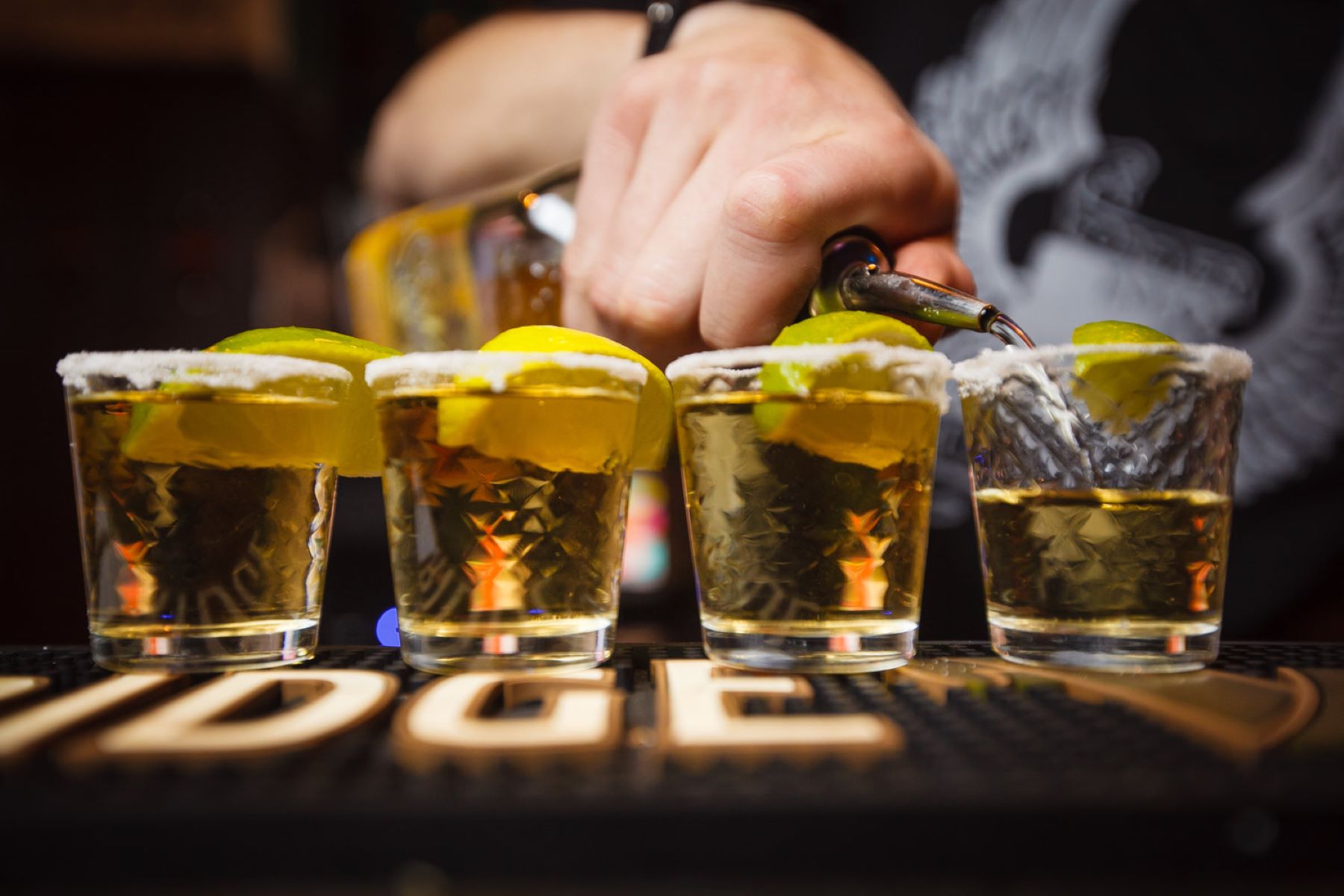

Kitchen Appliances
How Big Is A Shot Glass
Modified: August 16, 2024
Discover the standard size of a shot glass and its uses in the kitchen. Learn about different types of kitchen appliances for your home.
(Many of the links in this article redirect to a specific reviewed product. Your purchase of these products through affiliate links helps to generate commission for Storables.com, at no extra cost. Learn more)
The Standard Size of a Shot Glass
When it comes to enjoying a shot of your favorite spirit, the vessel that holds the liquid plays a crucial role. Shot glasses are designed to hold a specific volume of liquid, and their standard size is a topic of interest for many. The standard size of a shot glass is typically 1.5 ounces, which is equivalent to 44 milliliters. This measurement is widely accepted in the United States and is commonly used for serving straight spirits or creating mixed drinks.
The 1.5-ounce standard size is based on the traditional jigger measurement used by bartenders for decades. It provides a convenient and consistent way to pour and serve shots, ensuring that patrons receive a uniform amount of alcohol with each order. This standard size has become ingrained in the culture of drinking establishments and is recognized by enthusiasts and professionals alike.
In addition to the 1.5-ounce standard, there are variations in shot glass sizes that cater to different preferences and traditions around the world. For instance, in Europe, the standard shot size is often 2 ounces, slightly larger than the U.S. standard. This difference reflects the diverse drinking customs and regulations that exist across different regions.
Understanding the standard size of a shot glass is essential for both consumers and those in the hospitality industry. It ensures that drinks are prepared and served consistently, allowing for a harmonious experience for all patrons. Whether enjoying a shot of premium tequila, whiskey, or vodka, the standard size of a shot glass sets the stage for a shared ritual that brings people together to savor the moment.
In summary, the standard size of a shot glass is 1.5 ounces, serving as the cornerstone for measuring and serving spirits in the United States. This measurement provides a reliable and familiar reference point for both consumers and professionals, contributing to the enjoyment and responsible consumption of alcoholic beverages.
Key Takeaways:
- The standard size of a shot glass is 1.5 ounces, providing a consistent way to pour and serve shots in the United States. Variations in size reflect diverse drinking cultures worldwide, adding depth to the shared ritual of enjoying spirits.
- Shot glasses are not just for spirits; they can be used for measuring ingredients, serving appetizers, creating mini desserts, and more. Their compact size and durability make them versatile in everyday activities, adding charm and functionality to life.
Read more: How To Pour A Shot Without A Shot Glass
Variations in Shot Glass Sizes
Shot glasses come in a variety of sizes, reflecting the diverse drinking customs and traditions found around the world. While the standard size of a shot glass in the United States is 1.5 ounces, other regions have their own customary measurements that cater to local preferences and regulations.
In Europe, for example, the standard shot size is often 2 ounces, slightly larger than the U.S. standard. This variance in size is a testament to the rich tapestry of drinking cultures that exist across different continents. The 2-ounce shot glass provides a more generous serving, aligning with the European tradition of savoring spirits at a leisurely pace, often as a complement to a meal or social gathering.
Moving to Asia, particularly in Japan, the traditional "ochoko" is used for serving sake. These small cups typically hold 1.5 ounces, mirroring the standard size of a shot glass in the United States. However, the design and material of the ochoko differ, reflecting the unique aesthetic and craftsmanship of Japanese drinkware.
In contrast, Latin American countries have their own distinct shot glass sizes that reflect their vibrant drinking culture. In Mexico, the "caballito" is a tall and narrow shot glass that typically holds 1 ounce of tequila. This smaller size encourages sipping and savoring the flavors of the spirit, embodying the art of enjoying tequila as a ritual rather than a quick indulgence.
Furthermore, the concept of "shochu" in Japan introduces yet another variation in shot glass sizes. Shochu, a traditional distilled spirit, is often served in a small ceramic cup called a "choko." These cups hold approximately 1.7 ounces, offering a unique size that complements the nuanced flavors of the spirit.
Beyond these regional variations, shot glasses also come in novelty sizes and shapes, adding a playful and whimsical touch to the drinking experience. From oversized novelty shot glasses that hold multiple ounces to miniature shot glasses designed for delicate sips, these variations cater to individual preferences and occasions, adding an element of fun and creativity to the act of taking a shot.
In essence, the variations in shot glass sizes reflect the rich tapestry of global drinking cultures, each with its own traditions, customs, and rituals. Whether sipping sake from an ochoko in Japan, enjoying tequila from a caballito in Mexico, or raising a novelty shot glass in celebration, the diverse sizes and designs of shot glasses add depth and character to the timeless tradition of sharing a spirited moment with friends and loved ones.
The History of Shot Glasses
The history of shot glasses is a fascinating journey that intertwines with the evolution of drinking culture and the art of socializing. The origins of these small vessels can be traced back to the early 19th century, where they emerged as a practical solution for serving and consuming spirits in a measured and controlled manner.
During the 19th century, the concept of a "shot" as a small serving of spirits gained popularity, particularly in the United States. This term was derived from the idea of taking a quick "shot" of liquor, often to provide a swift burst of courage or warmth. As the practice of taking shots became more widespread, the need for a dedicated vessel to hold these small servings arose.
The earliest shot glasses were simple and utilitarian, designed to hold a specific volume of liquid and facilitate efficient service at bars and taverns. These early iterations were typically made of glass and featured a straightforward, cylindrical shape. Over time, shot glasses evolved to reflect the aesthetic preferences and craftsmanship of different cultures, resulting in a diverse array of designs and materials.
In addition to their practical function, shot glasses also became symbolic of conviviality and camaraderie. They were used to mark special occasions, celebrate milestones, and forge bonds among friends and colleagues. The act of raising a shot glass in a toast became a universal gesture of goodwill and shared revelry, transcending language and cultural barriers.
As the 20th century unfolded, shot glasses continued to hold a prominent place in the social fabric of drinking establishments and private gatherings. They became cherished mementos, often adorned with intricate designs, commemorative engravings, or personalized messages. Whether displayed on a bar shelf or tucked away in a cherished collection, shot glasses became enduring symbols of cherished memories and cherished moments.
Today, the history of shot glasses lives on in the diverse array of designs, sizes, and materials that grace the shelves of bars, homes, and collectors' cabinets. From elegant crystal shot glasses that exude sophistication to whimsical novelty designs that spark conversation, these small vessels continue to play a vital role in the timeless tradition of sharing a spirited moment with friends and loved ones.
In essence, the history of shot glasses is a testament to the enduring appeal of these small vessels, which have evolved from humble beginnings to become cherished symbols of conviviality, camaraderie, and celebration. Their journey reflects the rich tapestry of drinking culture and the universal desire to savor life's moments, one shot at a time.
A standard shot glass holds 1.5 ounces of liquid, but sizes can vary. To measure the volume of a shot glass, fill it with water and pour into a measuring cup.
Common Uses for Shot Glasses
Shot glasses are versatile vessels that extend beyond their traditional role of serving spirits. Their compact size and durable construction make them ideal for a wide range of practical and creative uses. Here are some common and inventive ways shot glasses can be utilized:
-
Measuring Ingredients: Shot glasses are invaluable tools in the kitchen for measuring small amounts of liquid ingredients such as vanilla extract, lemon juice, or cooking oils. Their precise volume markings and compact size make them convenient for ensuring accurate measurements in recipes.
-
Serving Appetizers: Shot glasses provide an elegant and practical way to present individual appetizers or hors d'oeuvres at parties and gatherings. From chilled gazpacho and layered salads to delectable dessert shooters, shot glasses add a touch of sophistication to culinary presentations.
-
Creating Mini Desserts: The compact size of shot glasses lends itself well to crafting mini desserts and sweet treats. Whether assembling individual tiramisu, fruit parfaits, or chocolate mousse, these small vessels offer a charming and portion-controlled way to indulge in delectable confections.
-
Displaying Decorative Items: Shot glasses can serve as unique display containers for small decorative items such as seashells, marbles, or colorful beads. Their transparent nature allows for the contents to be showcased while adding a decorative touch to shelves, mantels, or tabletops.
-
Organizing Small Items: In the realm of organization, shot glasses are perfect for corralling small items such as paper clips, push pins, or jewelry beads. Their compact size and uniform shape make them an efficient and visually appealing solution for keeping tiny items tidy and accessible.
-
Serving Condiments and Sauces: Shot glasses offer a charming and practical way to serve individual portions of condiments and sauces, such as ketchup, mustard, or salad dressings. This presentation adds a touch of elegance to dining experiences and allows for portion control.
-
Creating Unique Crafts: Shot glasses can be repurposed for various craft projects, such as creating miniature terrariums, candle holders, or personalized votives. Their small size and sturdy construction make them versatile components for DIY endeavors.
-
Sampling Beverages: Shot glasses are ideal for sampling and tasting a variety of beverages, including artisanal liquors, flavored syrups, or espresso shots. Their small capacity allows for experiencing a diverse range of flavors without committing to a full serving.
In essence, shot glasses transcend their traditional role as vessels for serving spirits, finding utility in culinary, decorative, and creative pursuits. Their compact size, durability, and aesthetic appeal make them indispensable in a myriad of everyday activities, adding a touch of charm and functionality to diverse aspects of life.
Fun Facts About Shot Glasses
-
The term "shot" to describe a small serving of spirits is believed to have originated from the Old West, where patrons would request a "shot" of whiskey at the bar, often served in a small glass. This colloquialism eventually became synonymous with the small vessels designed to hold these spirited servings.
-
Shot glasses are not only functional but also collectible. They have become sought-after souvenirs and mementos, often featuring unique designs, vibrant colors, and commemorative engravings. Collectors around the world treasure shot glasses as tangible reminders of their travels and memorable experiences.
-
The world's smallest functional shot glass measures a mere 0.67 inches in height and 0.47 inches in diameter. Crafted with precision and ingenuity, this diminutive shot glass holds a minuscule amount of liquid, showcasing the artistry and engineering prowess of glassmakers.
-
Shot glasses have made their mark in popular culture, often appearing in films, television shows, and music videos as symbols of revelry and camaraderie. Their presence in these media forms reinforces their association with socializing, celebration, and the enjoyment of life's moments.
-
The Guinness World Record for the largest collection of shot glasses is held by a dedicated enthusiast who amassed an astounding 8,227 unique shot glasses from around the world. This remarkable feat showcases the widespread appeal and diversity of shot glass designs across different cultures and regions.
-
Shot glasses have been used as canvases for artistic expression, with skilled artisans and glassblowers creating intricate hand-painted designs, etchings, and embellishments on these small vessels. These artistic renditions elevate shot glasses from functional items to captivating works of art.
-
The act of "clinking" shot glasses together in a toast has historical significance, dating back to ancient times. It is believed that the resonating sound produced during a toast served as a symbolic gesture to drive away evil spirits and ensure the success and longevity of the celebratory occasion.
-
The world's most expensive shot glass is adorned with rare diamonds and crafted from premium crystal, commanding a staggering price tag of $3,700. This opulent creation exemplifies the fusion of luxury and functionality, elevating the humble shot glass to a symbol of extravagance and refinement.
In essence, shot glasses are not merely vessels for serving spirits; they embody a rich tapestry of history, culture, and creativity. From their humble origins in Old West saloons to their enduring presence in modern-day celebrations, shot glasses continue to capture the imagination and add a touch of charm to the art of raising a toast and savoring life's spirited moments.
Frequently Asked Questions about How Big Is A Shot Glass
Was this page helpful?
At Storables.com, we guarantee accurate and reliable information. Our content, validated by Expert Board Contributors, is crafted following stringent Editorial Policies. We're committed to providing you with well-researched, expert-backed insights for all your informational needs.
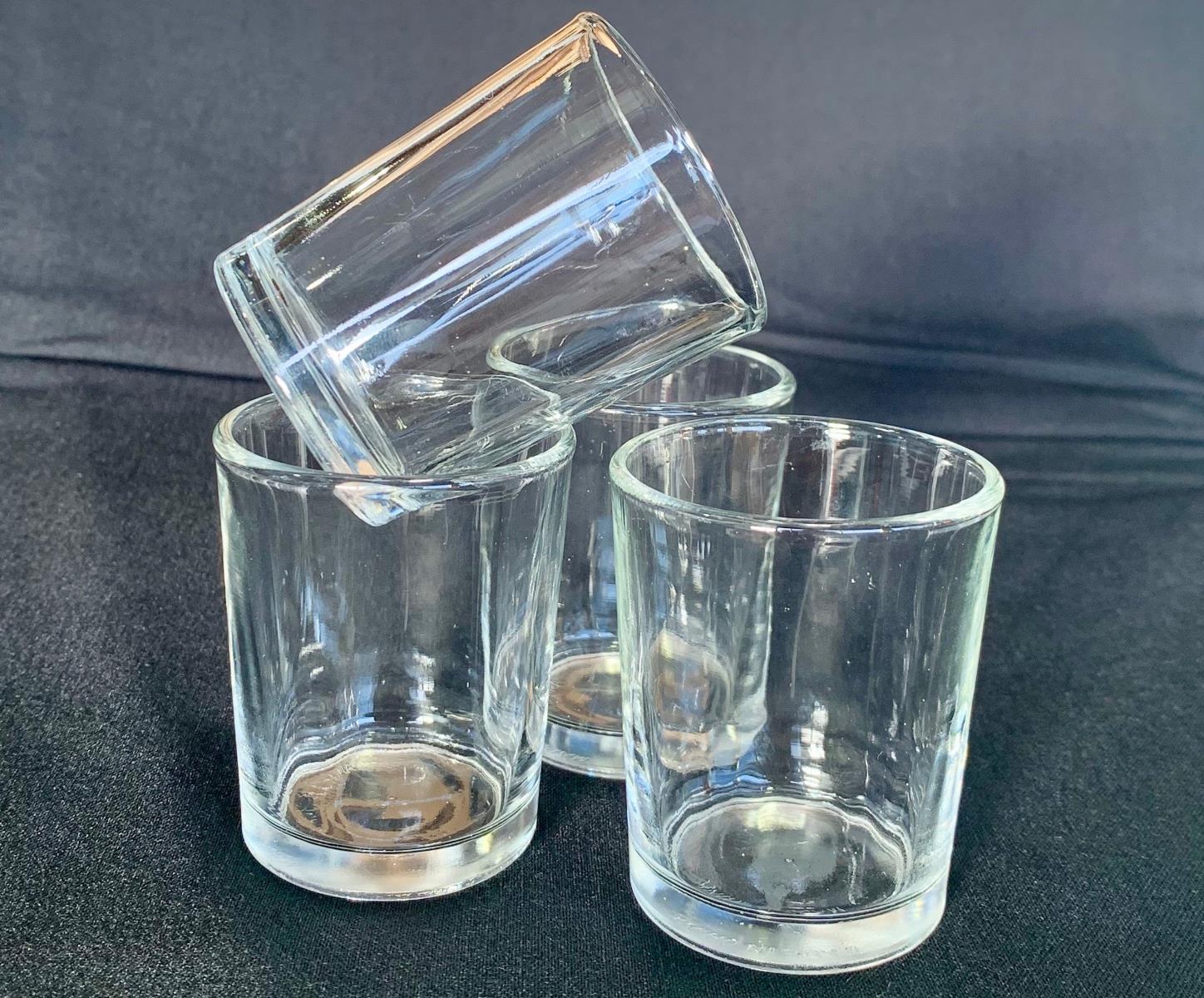

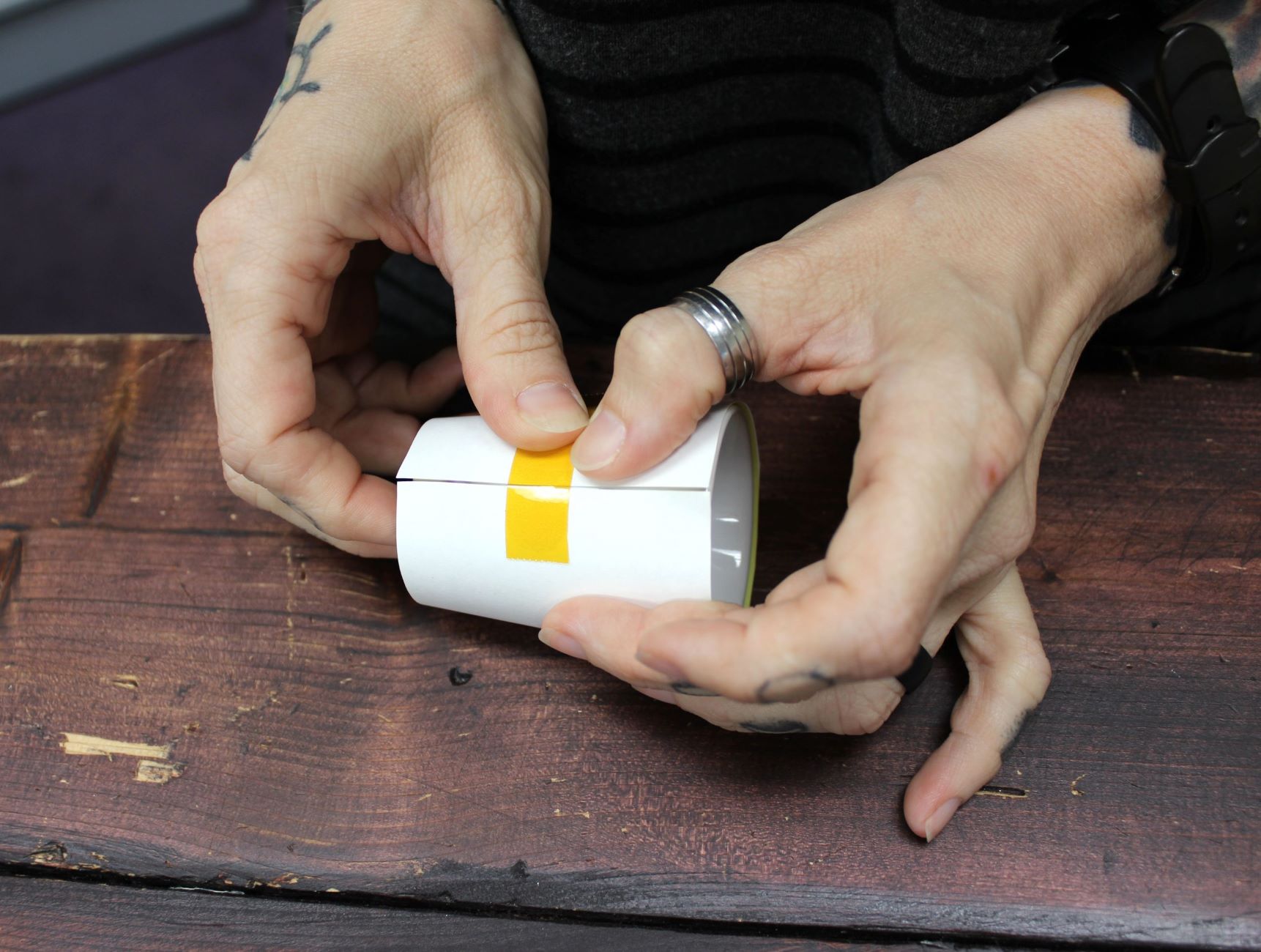
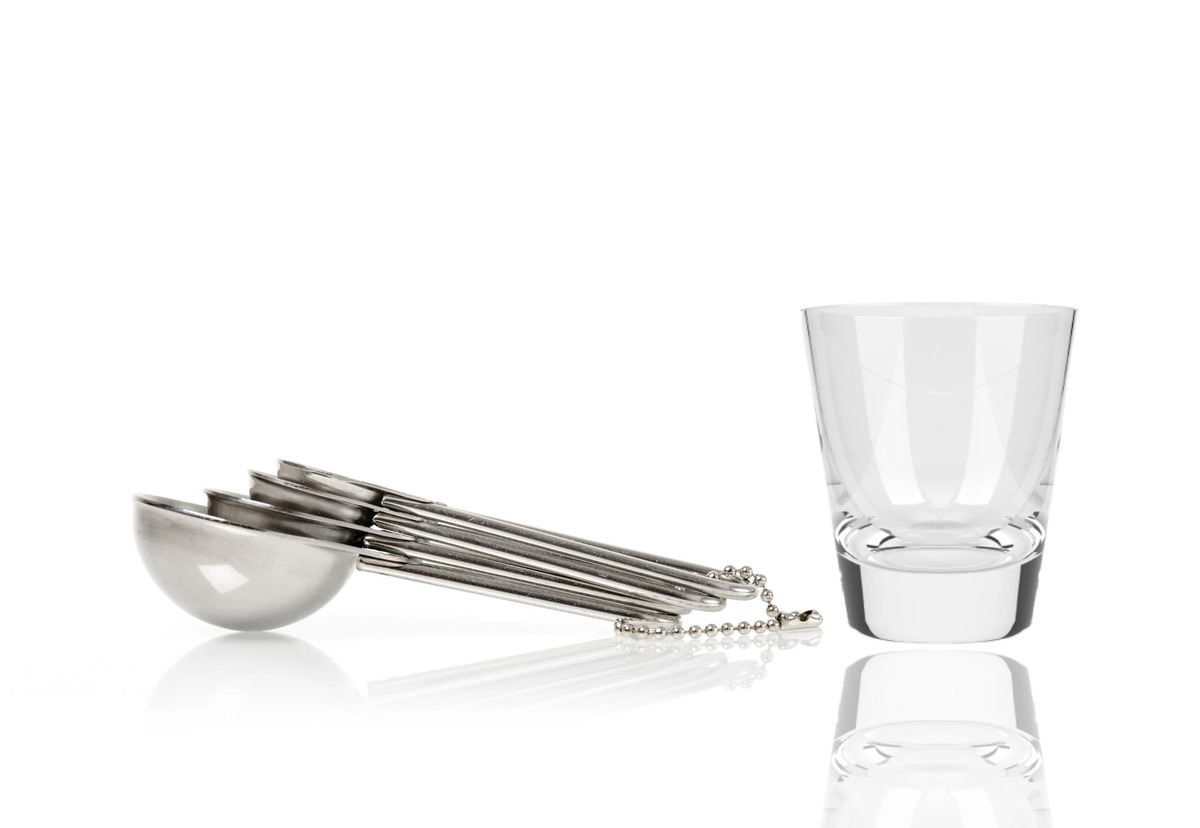
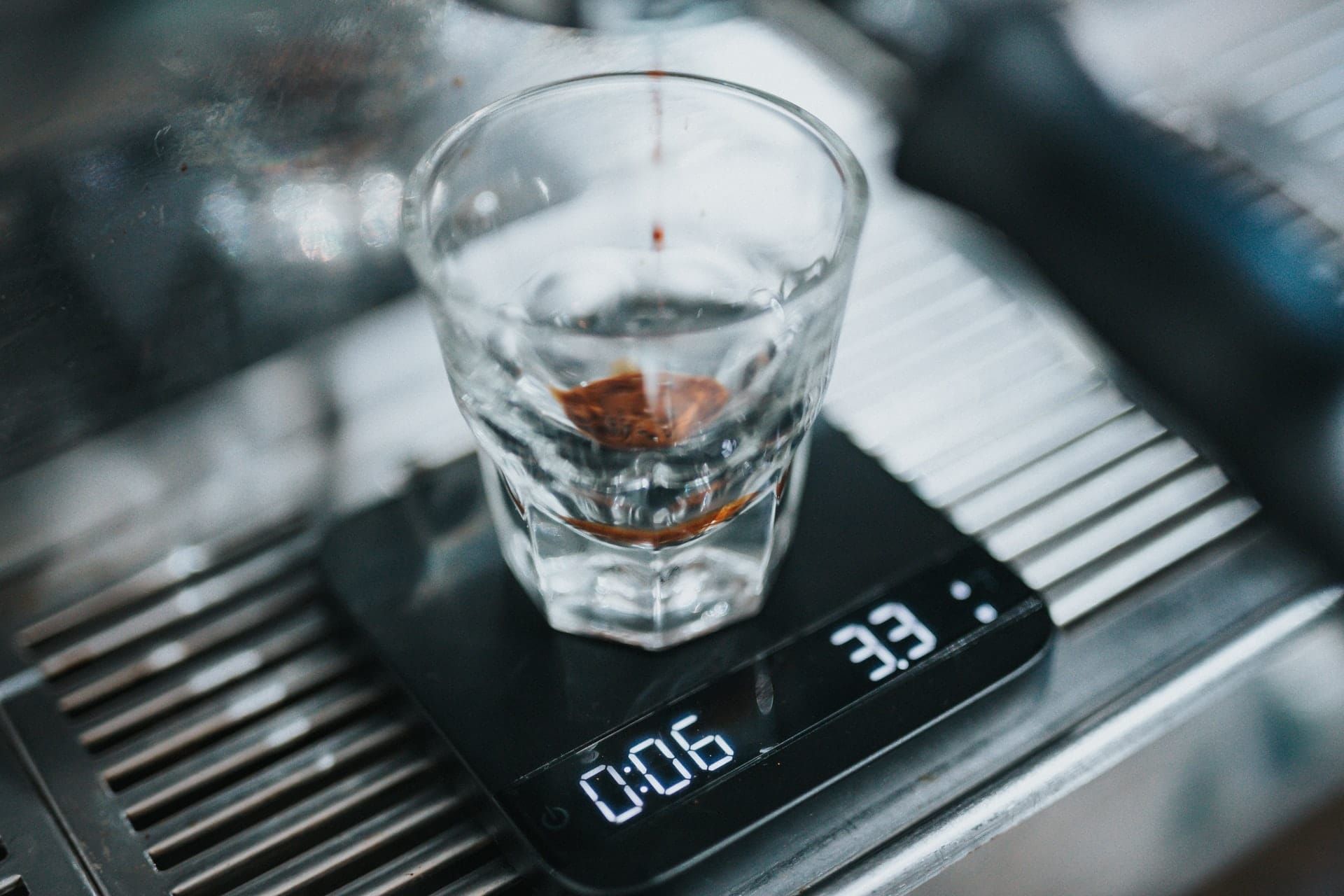
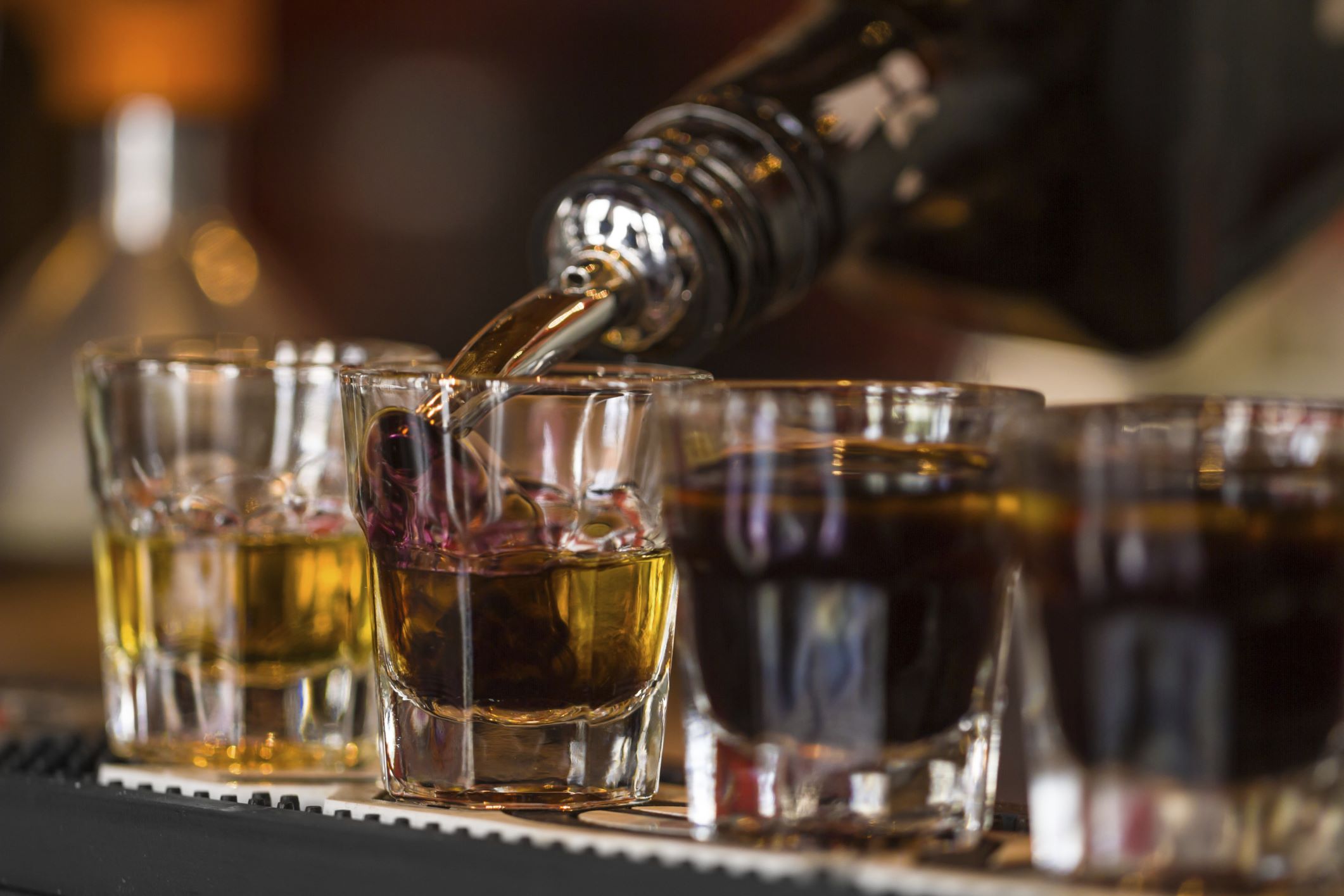
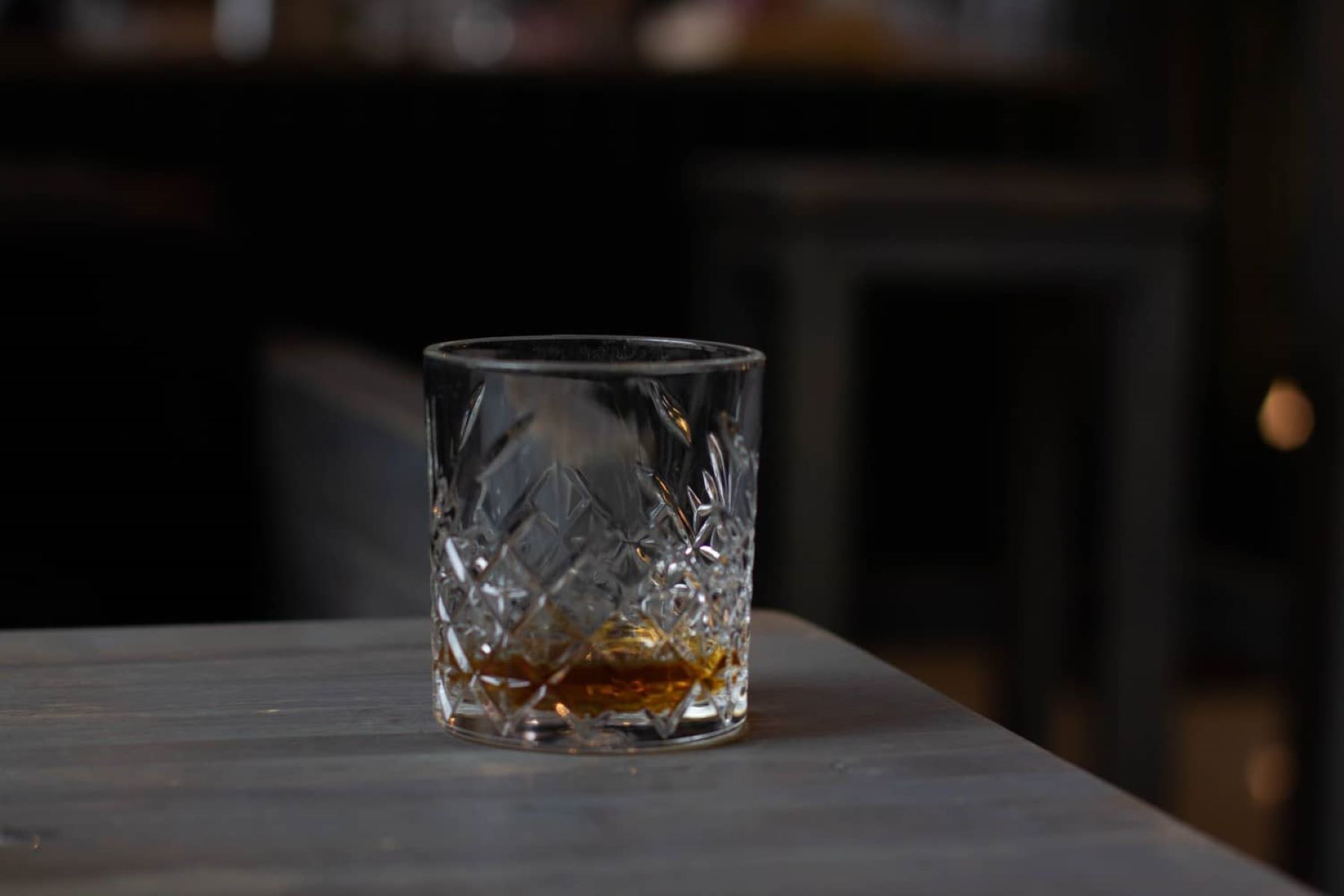
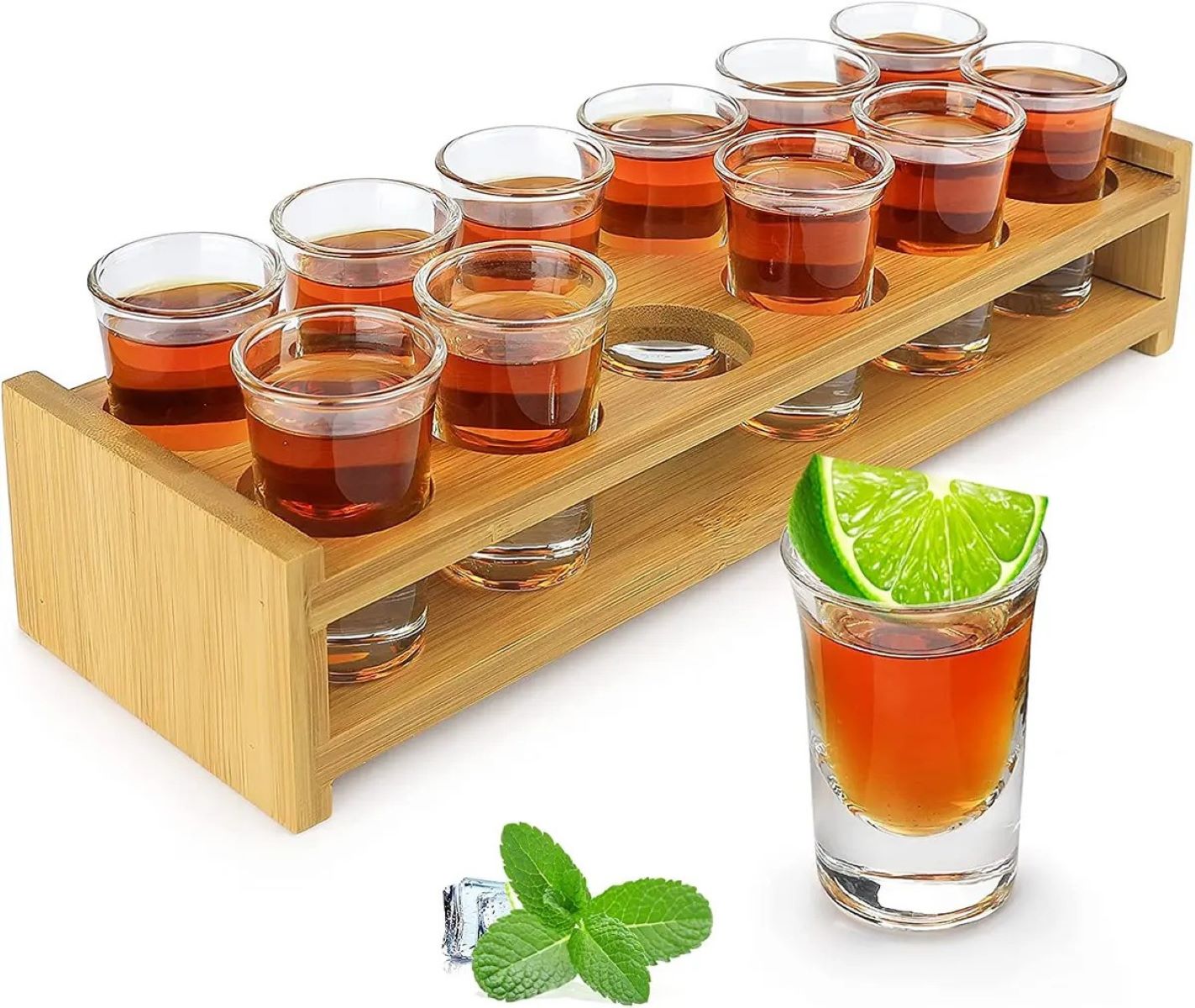
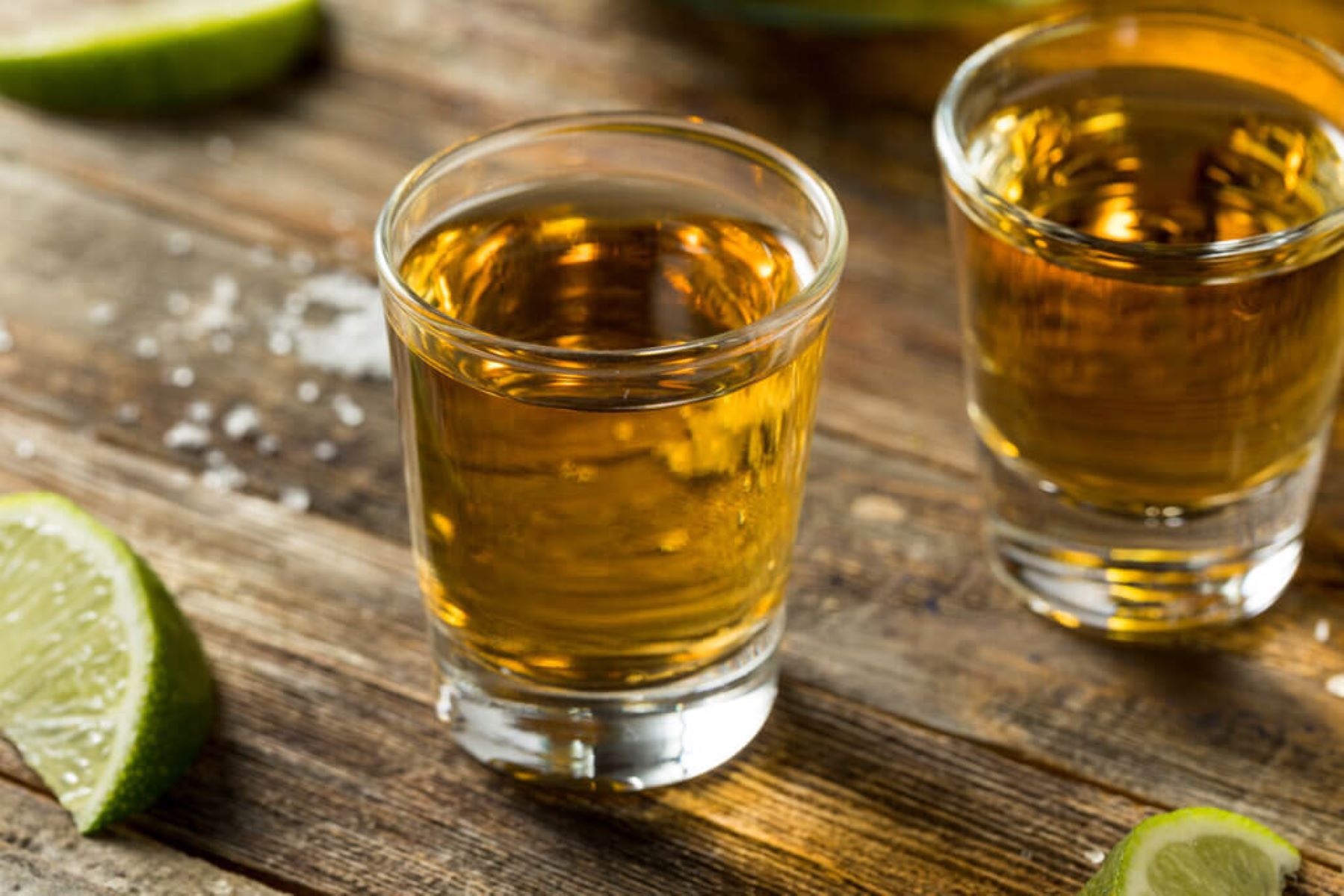
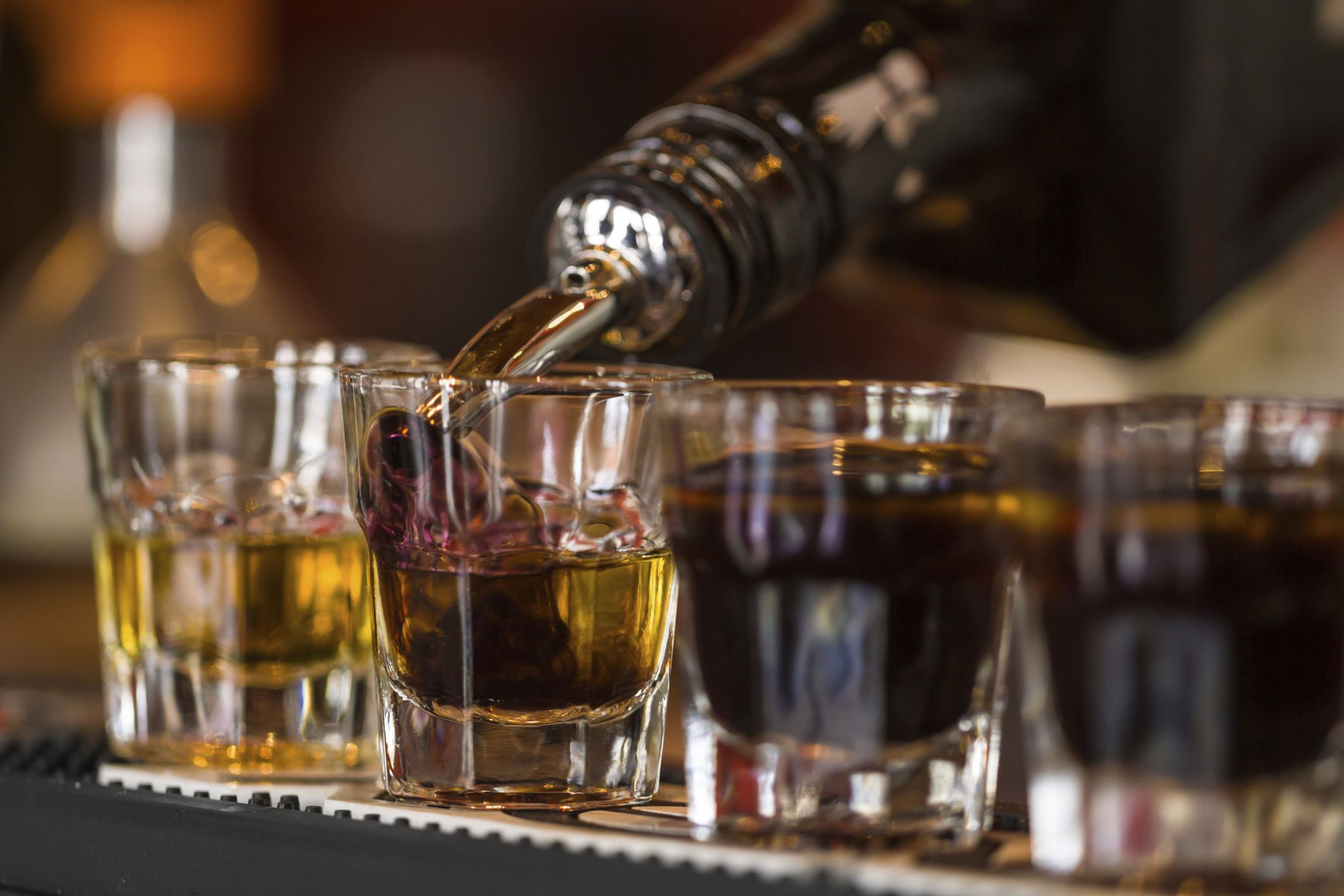
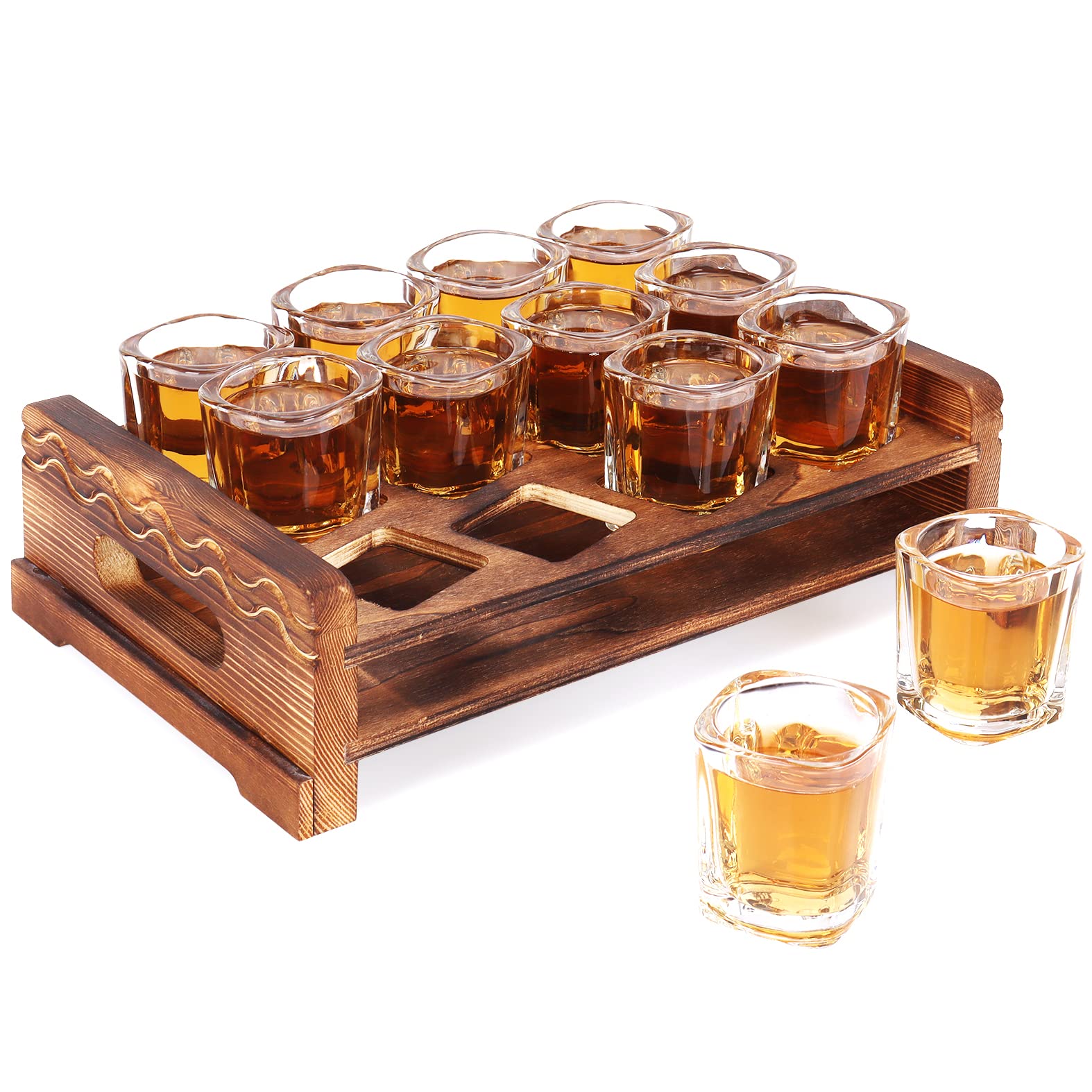
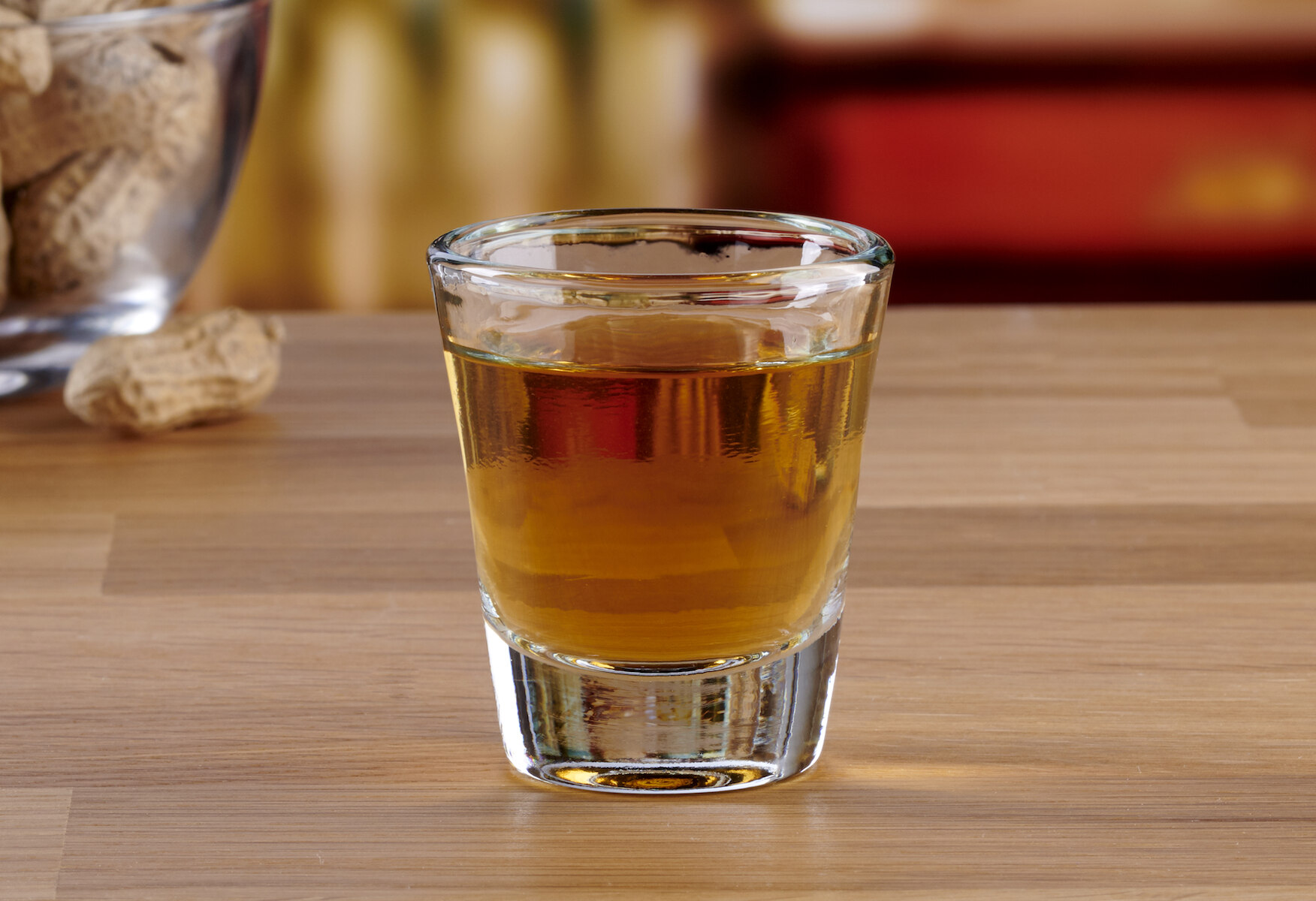
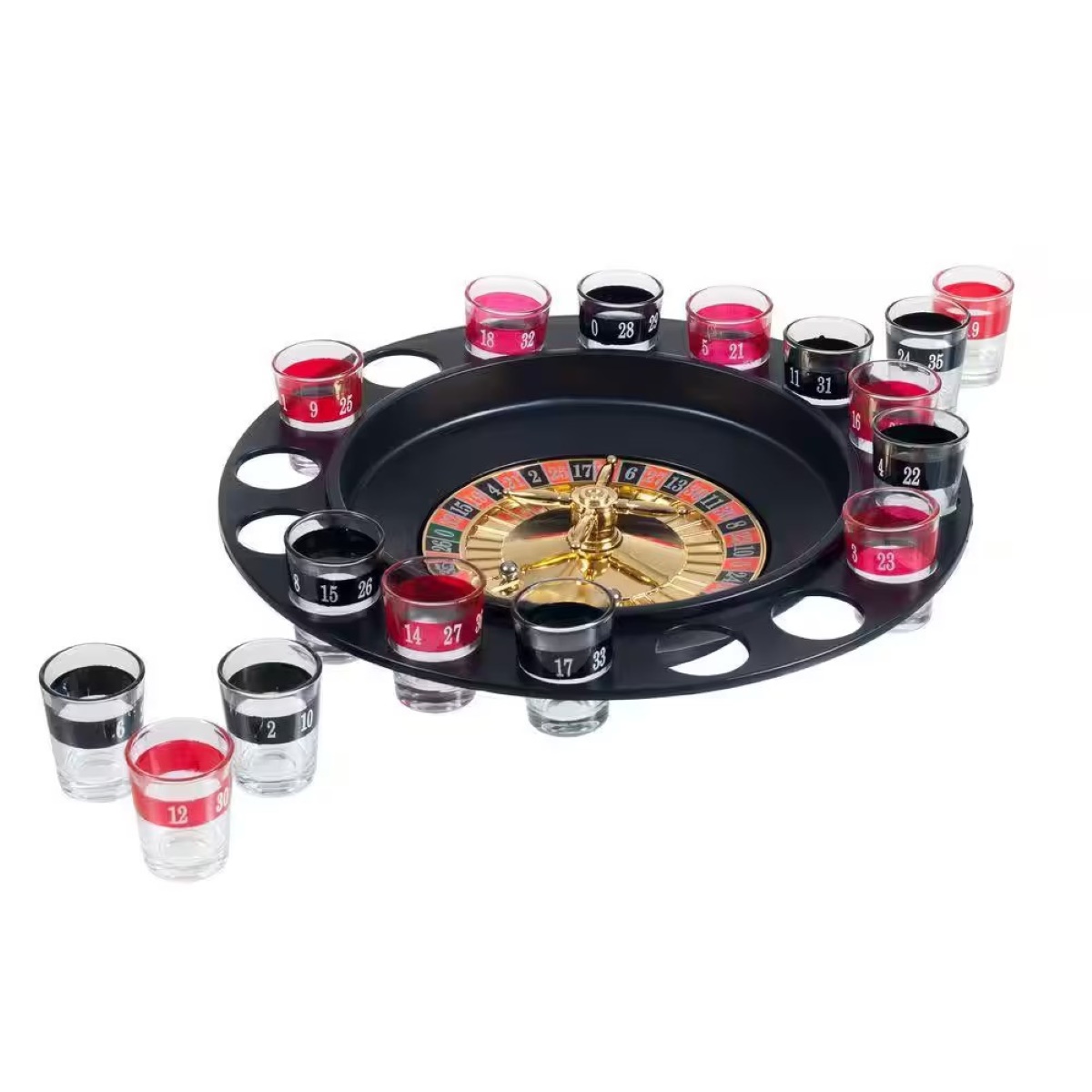
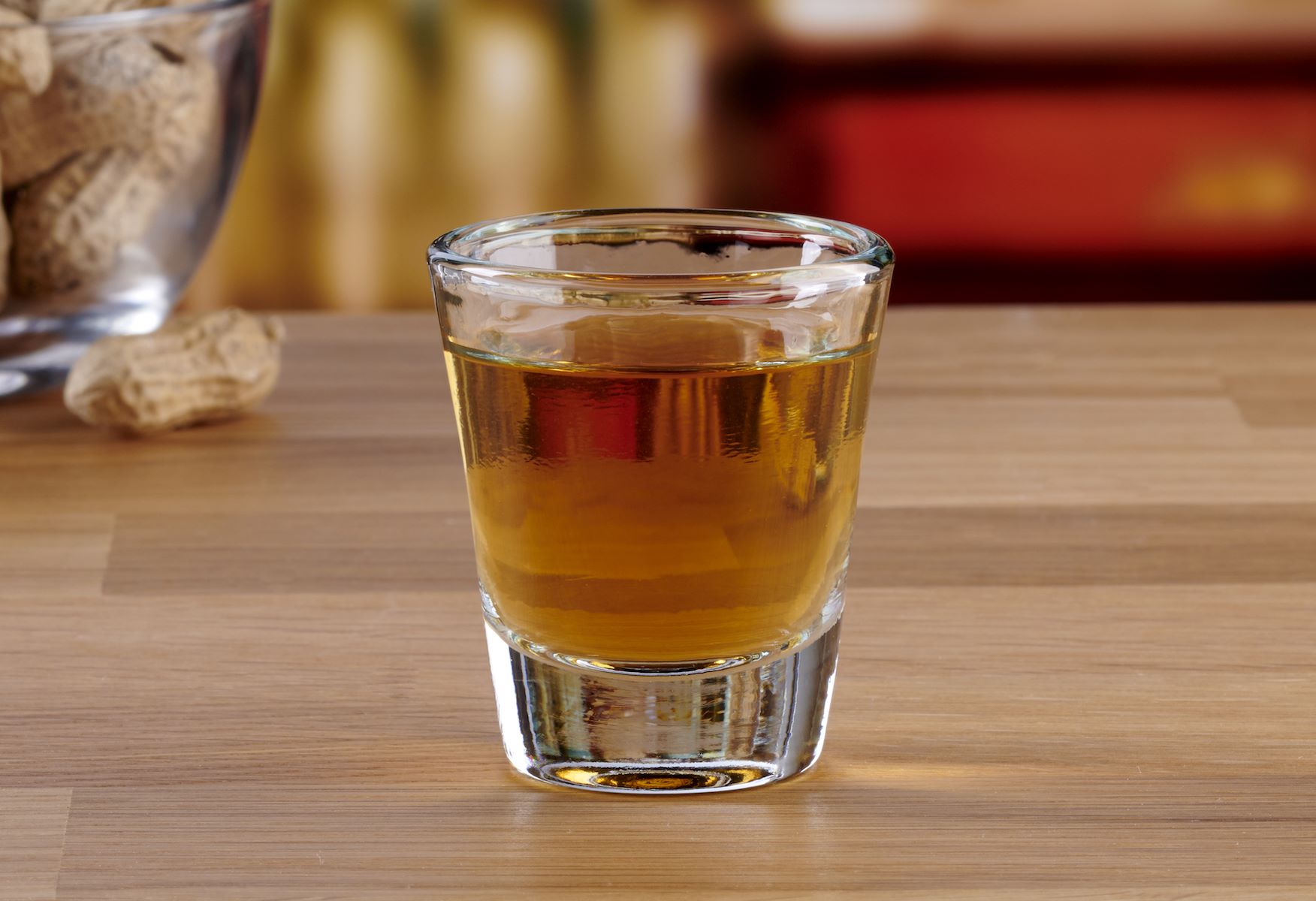
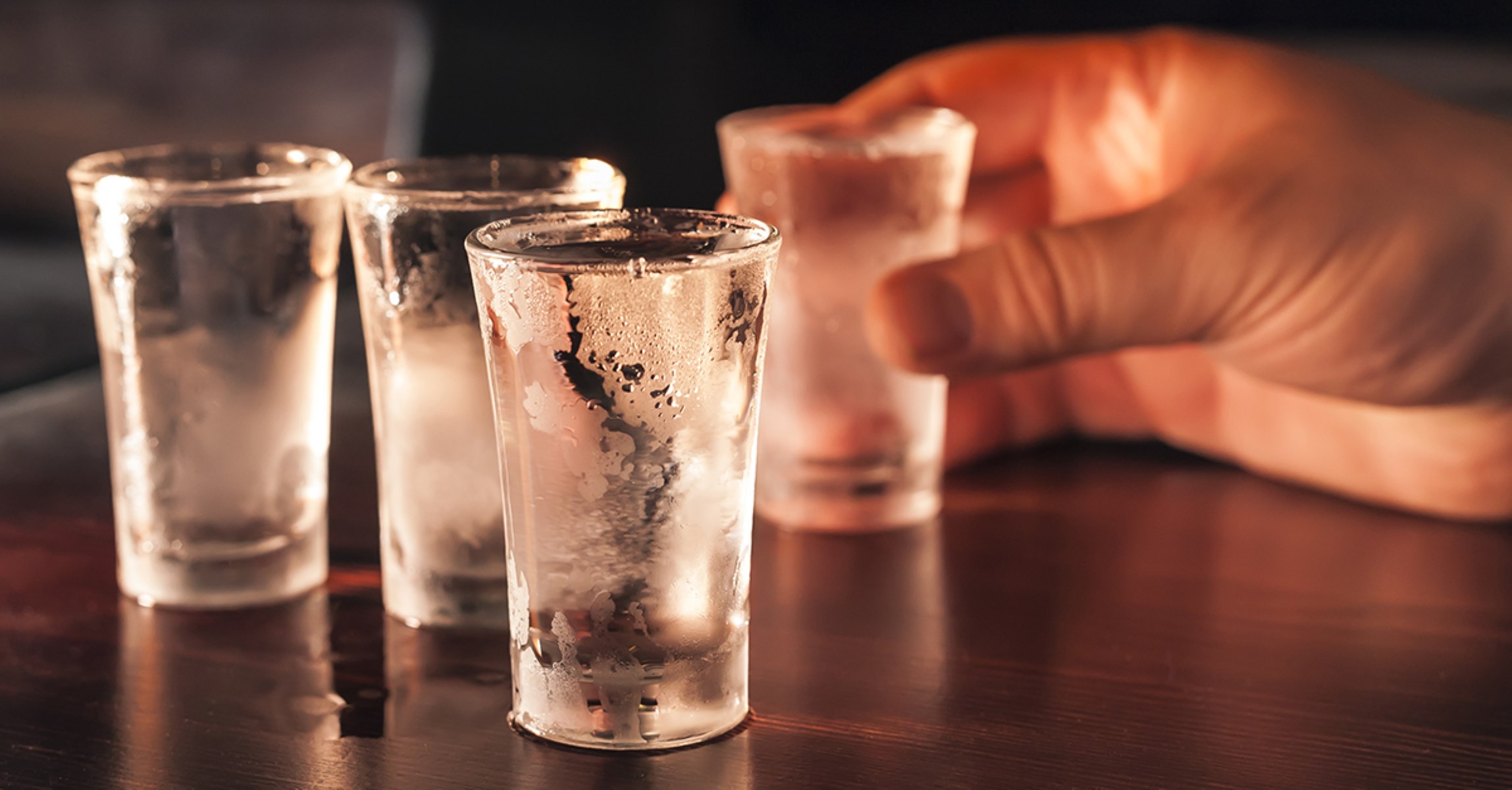

0 thoughts on “How Big Is A Shot Glass”